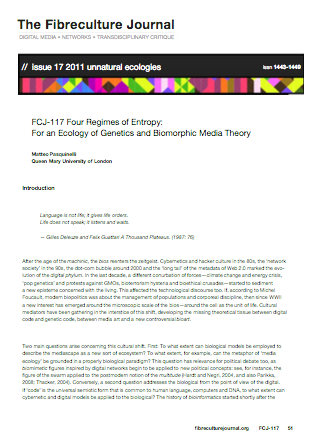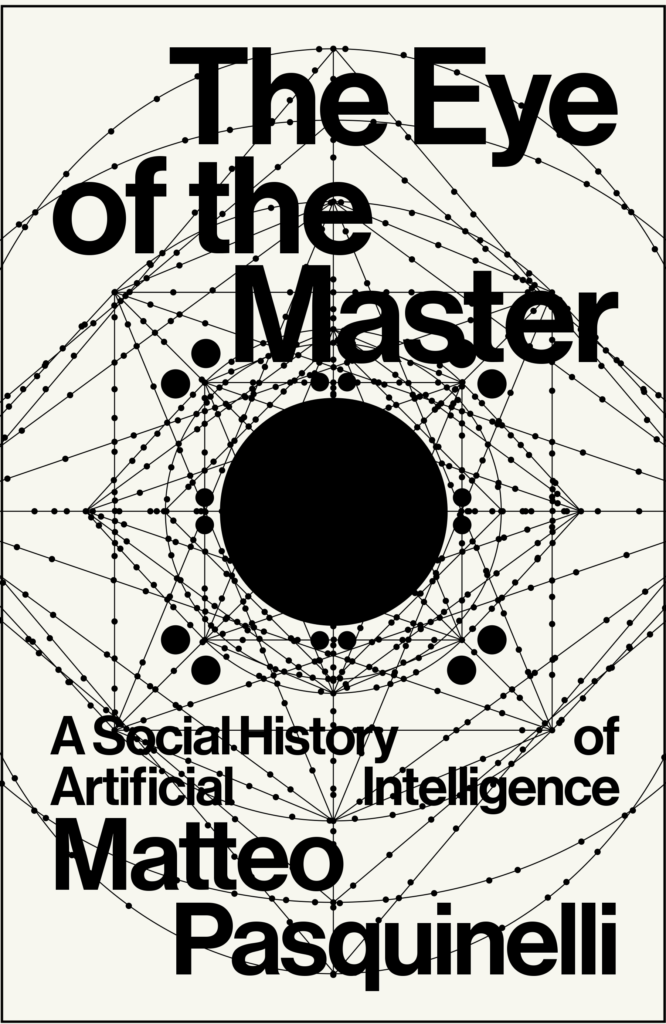Abstract. After the age of the machinic, the bios reenters the Zeitgeist. Cybernetics and hacker culture in the 80s, the network society in the 90s and the long tail of the metadata of Web 2.0 marked the evolution of the digital phylum. In the last decade, a different conurbation of forces—climate change and energy crisis, pop genetics and protests against GMOs, bioterrorism hysteria and bioethical crusades—started to sediment a new episteme concerned with the living. This affected the technological discourse too. If, according to Foucault, modern biopolitics was about the management of populations and corporeal discipline, then since WWII a new interest has emerged around the microscopic scale of the bios—around the cell as the unit of life. Cultural mediators have been gathering in the interstice of this shift, developing the missing theoretical tissue between digital code and genetic code, between media art and a new controversial bioart. Two main questions arise concerning this cultural shift. First: To what extent can biological models be employed to describe the mediascape as a new sort of ecosystem? To what extent, for example, can the metaphor of media ecology be grounded in a properly biological paradigm? This question has relevance for political debate too, as biomimetic figures inspired by digital networks begin to be applied to new political concepts.
“Four Regimes of Entropy: For an Ecology of Genetics and Biomorphic Media Theory”, Fibreculture #17: Unnatural ecologies, special issues on media ecology. 2011. +PDF


